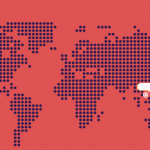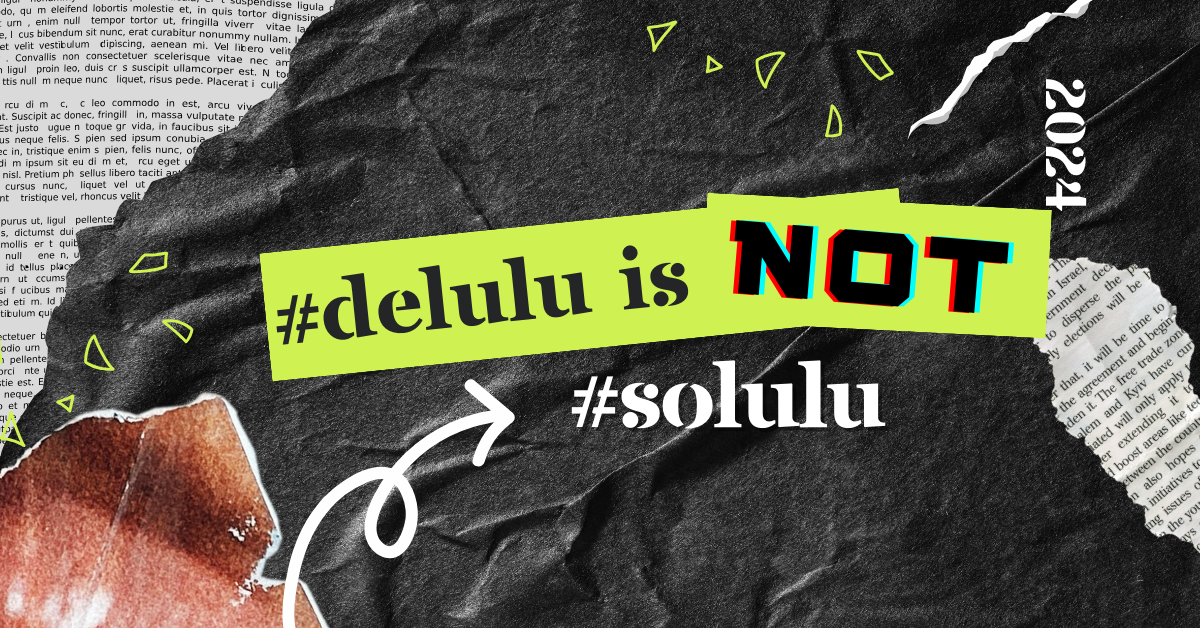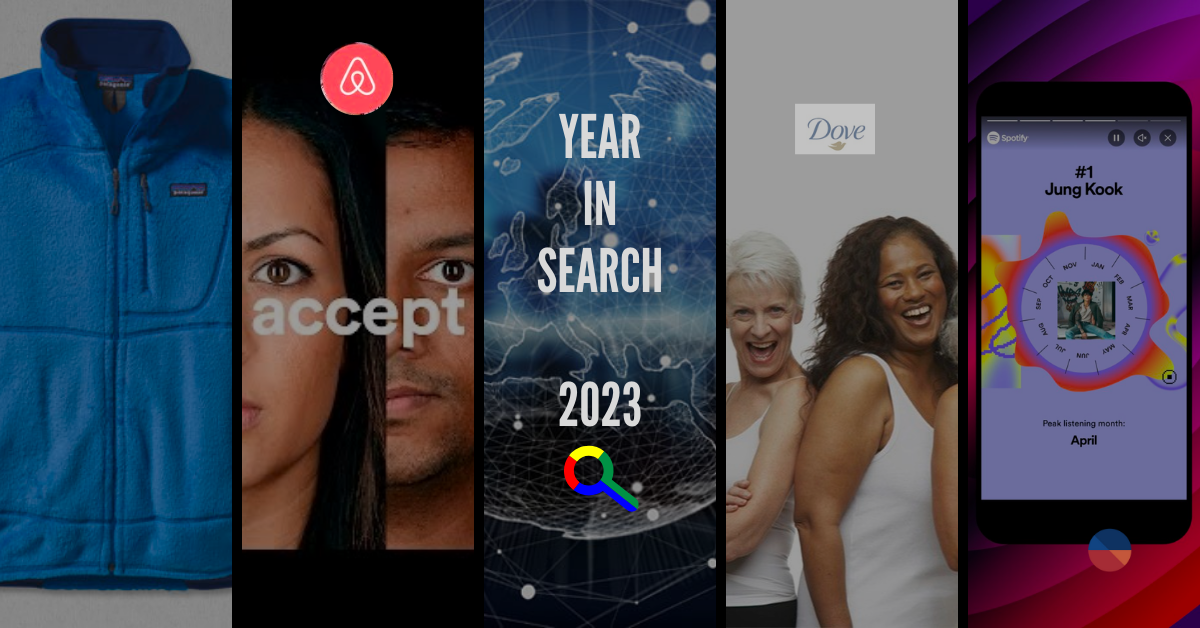Surviving COVID-19: How to adapt your digital marketing strategy amidst a global crisis
In the world of hyper-speed, dramatic scale-ups and connectivity, social media can now be categorised as a mature marketing channel. Although the popular belief is that organic is dead, there are still ample opportunities, especially for brands that do not rely only on paid approach and prefer conversation over the interruption.
However, Small and Medium Enterprises (SMEs) are largely focused on driving short-term campaigns. This leads to a temporary boost in numbers and often comes at the cost of revenue. In the long run, these campaigns have minimal effect on actually growing the brand.
With all the latest research supporting the impact of emotionally driven, personalised campaign strategies, there is a steady rise of private channels or messenger apps such as WhatsApp.
These channels make your audience be themselves and comfortably share recommendations, opinions on product or service with a closed group of individuals, which in other circumstances they would not have gone public with.
When a pandemic strikes and the world leaders and analysts forecast the crisis will have a long-term financial after-effect globally cause of the unabated spread of the virus, what role does a brand marketer play?
The economy of marketing
The major advantage of digital marketing, besides the fact that it does not require face-to-face interaction and thus in tandem with social distancing practices, is that it is measurable. Marketers can obtain which of their activities generate the highest quality leads and at what expense, in other words, they know the ROI.
Let’s look at a few activities happening around brands and digital media now as we speak:
- Airlines and cruise industry have either reduced, postponed, or paused their advertising campaigns given the current climate. Does it make sense to pay for traffic if consumers aren’t buying travel … eh?
- With the “act of going outside” heavily discouraged, any advertiser driving traffic for brick-and-mortar locations is likely seeing a decline in effort.
- If the economic downturn as forecasted realises along with widespread fear of health, pharma, healthcare, and vices (i.e. alcohol) will thrive and grow.
- An uptick for e-commerce, especially for CPG is definite, although, that would have a big impact on digital marketers as they compete for the purchases of not-so-frequent online shoppers.
- Supply chain and logistics will be stressed with delivery windows stretched back to pre-Prime days of five to seven-days. In some cases, the new releases – be it movies or new product lines, will have to wait it out.
- With several tradeshows getting cancelled, businesses that saw a surge in leads and activities during events participation are diverting their spending into digital media to make up for the missed opportunities.
- Remote work policies are fuelling investments in work-flow automation or project management tools such as Slack and Trello, e-learning platform subscriptions and telecommuting tools such as Zoom, Skype, etc.
Being responsible and not an opportunist
As grim as it looks, in times of crisis, people look towards their leaders and institutions for information, reassurance, and guidance.
Increasingly, they also look to brands, thus making it the primary duty as marketers to take ownership and channel communication.
Let’s start by reinforcing the sentiment of Alex Josephson, global head of Twitter Next and Eimear Lambe, director of Twitter Next’s thought that “this is not a ‘marketing opportunity’ to capitalise on, and we do not recommend brands opportunistically linking themselves to a health scare.”
Trying times do highlight gaps. Now is the time to move the efforts online and dig potential opportunities in the business’s sales and marketing channels.
Start with these four insightful questions to map out your next marketing action plan:
What are the current offline marketing channels you have?
Repurposing a number of outdoor advertising billboards, swiftly issuing messages of support, donations for medical supplies and engaging in community building activities to interact with consumers are some of the prompt recalibration done by the luxury brands around the world during this crisis situation.
How can you port your offline channels to the online space effectively?
Increasingly, marketers will need to be sure to target and optimise their content so that heavy-lifting ATL awareness campaigns, some of which are already in play, run at the same time as easy-to-share digital content, which consumers will then be free to use and discuss in their own time.
While having great customer service and e-commerce experience is imperative, the alignment of sales and marketing teams to successfully execute virtual events and digital engagement will be the difference-maker in maintaining growth rates.
Which online platform reaches out to your most relevant target audience and how to improve company’s visibility and promotion strategy?
Saving commute time? Take this opportunity to fine-tune your digital assets:
- Website content – Ensure that it contains the right marketing messages with the right call to action.
- Search Engine Optimization (SEO) – Check your current website organic search rankings. Benchmark with competitors. Optimise for search engines to improve the quality and quantity of your web traffic.
- Content marketing – Generate ideas for new blog posts, video storyboard and start writing the next newsletter for your customers. Build marketing material that can be part of social conversation and is easily shareable.
- Press releases and articles – Build topics you can inform the media and your clients about e.g. measures in place to fight the current situation.
- Social media engagement – Exploring social and search channels such as Facebook, Instagram, Google Adwords, LinkedIn and strategising how you can improve engagement.
What is a comfortable budget to test when advertising on each medium?
Start small, experiment a lot, optimise, analyse and plan your next move. Whatever is your budget, you should always be able to extract value out of it.
Having said that, at the start of business, with little to no money, you can only get creative and partake in guerrilla techniques of using word of mouth, organic social media and key networks to sell your product or service. It’s time to get back into that mentality.
SEO is ongoing while keeping your momentum at it, be more creative with respect to your marketing expenses and look for ways to use marketing tactics that don’t have a significant cost.
Co-existing with COVID
Once the precautions are in place, do your best to maintain a “business as usual” stance. Survival matters more than market domination at this point. Let’s keep calm, be tenacious, support other businesses in any way possible and take the necessary steps so that you come out of this disruption stronger than ever.






